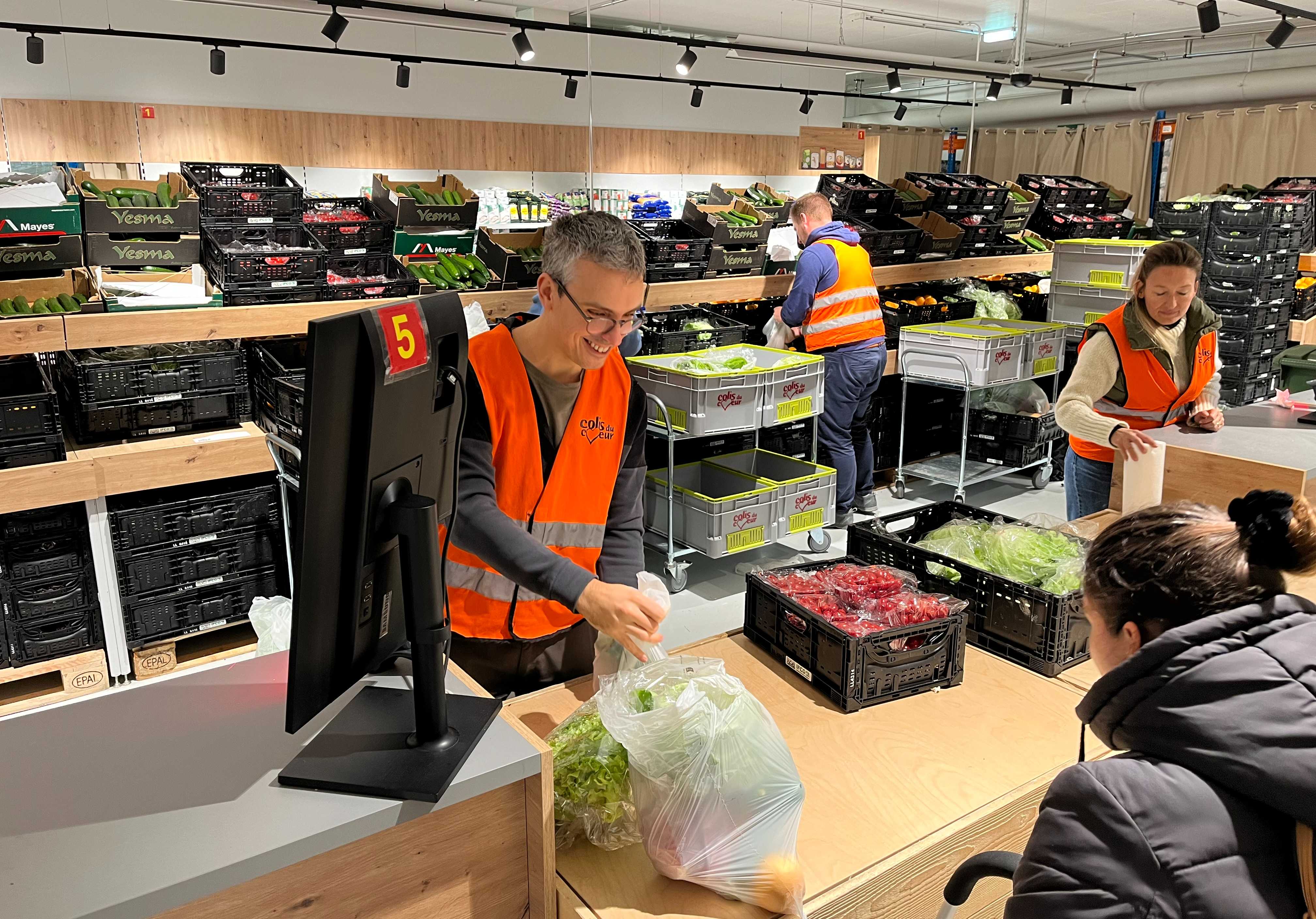“Making peace with nature is the defining task of the 21st century. It must be the top, top priority for everyone, everywhere.” UN Secretary General 2020
Nature System

We are facing a human-made climate crisis, which puts in danger our coral reefs, our insect population, large coastal areas due to rising sea levels and as a consequence threatens life on this planet. To address this pressing problem we need regenerative solutions to create thriving ecosystems that are healthy, resilient and adaptable and care for the planet and all the life on it.
Over the last 100 years the average temperature on Earth has warmed by 1°C. We need to limit global warming to 1.5°C above pre-industrial level as in comparison to 2°C. If we don’t achieve to reduce greenhouse gas emissions, our planet and the life on it will suffer:
- 99% instead of 70% of coral reefs will die.
- double the likelihood that insects, vital pollinators, lose half their habitat.
- ice-less summers in The Arctic Ocean once per century or once per decade.
- 1 meter added in sea-level rise.
- 6 million to 16 million affected by sea-level rise in coastal areas by the end of this century.
One of the biggest problems we need to address is tropical tree cover. Since humans started cutting down forests, 46 percent of trees have been felled, according to a 2015 study in the journal Nature. Still, every year we lose 10 million hectares of forests. Regenerating our forest can provide 23 percent of the climate mitigation needed over the next decade to meet goals set in the Paris Agreement in 2015.



















